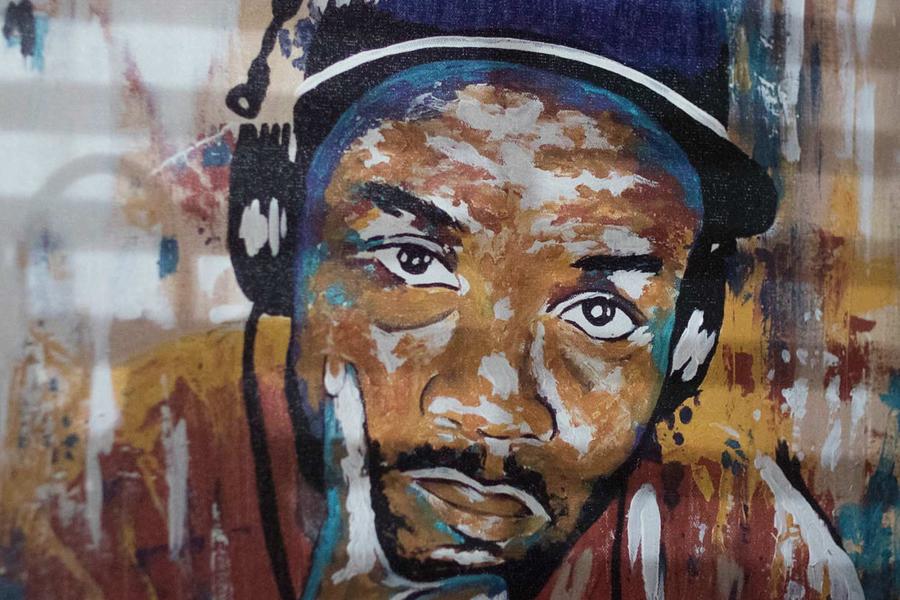If the artists who made rock ’n’ roll in these early years were usually deadly serious about it, many of the people tasked with selling it saw it as disposable, a passing fad. This changed in the 1960s, particularly with the global explosion of the Beatles and the decade-long commercial dynasty of Detroit’s Motown Records, both of which rewrote the entire entertainment industry’s conception of what rock ’n’ roll could be. By the mid-1960s cultural conceptions of the music were beginning to change as well, as artists like the Beatles and Bob Dylan (who’d started as a folksinger but “defected” to rock ’n’ roll in 1965) started being taken more seriously by intellectuals and esteemed institutions that had previously scoffed at the music. A distinction began to emerge between a music now increasingly called “rock” and the “rock ’n’ roll” of the 1950s and early 1960s, with the former imagined to be more ambitious, more serious, more conducive to sophisticated expression. (“Rock” was also, tellingly, almost entirely associated with music made by white men, a development that is the subject of my first book, “Just Around Midnight: Rock and Roll and the Racial Imagination.”)
In the ensuing decades, rock ’n’ roll remained absolutely huge, but increasingly diffuse and fractured, full of burgeoning sub-genres that could often seem directly at war with one another. A short, woefully incomplete taxonomy would include hard rock, punk rock, folk rock, Southern rock, Kraut rock, heartland rock, prog rock, jazz rock, electro rock, rap rock, pop rock, arena rock, pub rock, alternative rock, emo rock, noise rock, along with more textural categories like grunge, hardcore, shoegaze, and of course heavy metal, which comes with its own feast of sub-sub-genres. And then there’s “classic rock,” a canon-maintenance project that’s more a repository of white-male hagiography than actual musical history. (If you don’t believe me, turn on your local classic rock station and wait to hear a recording by Chuck Berry, Little Richard, Sam Cooke or Bo Diddley, and make sure to clear your schedule first.)
Persisting alongside all this has been rock ’n’ roll’s longstanding association with rebellion, individuality and coolness. This can be found in the adjectival use, i.e. every time something unrelated to music is described as “totally rock-and-roll,” as well the verb use, like when a hero in an action movie declares that it’s “time to rock and roll” before doing something awesome. And then there’s the dull, frequently nonsensical noun form found in phrases like “sex, drugs and rock ’n’ roll” or “We built this city on rock ’n’ roll.” All of these uses are pretty bizarre and probably flirt with bad taste, particularly in light of the music’s long, sad history of young artists self-destructing while trying to live up to their own particular ideals of “rock ’n’ roll.” At the same time, the vagueness of these clichés inadvertently honors the term’s own roots as an endlessly pliable marketing tool.
Everything above tells us at least two things. The first is that rock ’n’ roll has come a very long way since the 1950s, and the second is that no one’s gotten any closer to figuring out what exactly it is. Like most other genres, there’s a persistent belief in some quarters that the music was simpler and pure in its earliest years, when it was all just songs about “cars and girls,” a description often applied to the music’s early years. But rock ’n’ roll was always about other things, too; in fact, one of the most popular subjects of early rock ’n’ roll songs was rock ’n’ roll itself, and the pleasures derived from it. Chuck Berry, the music’s first great songwriter, wrote more masterpieces in this vein than it’s possible to list here. This tradition never really went away, either, and can be found in many of the music’s most beloved moments since. “Baba O’Riley,” “Born to Run,” “1999,” “Smells Like Teen Spirit,” “Hey Ya!” – on a basic level, these are all just songs about themselves. If no one knows what rock ’n’ roll is, the best rock ’n’ roll music spends its allotted few minutes convincing you that it, and it alone, knows exactly what it is. To paraphrase the late Justice Potter Stewart on another unruly cultural institution, you know it when you hear it.
Editor’s note: If you liked this installment of “On Words” please consider subscribing to this series to be notified of future essays – including forthcoming expert musings on the words “enslaved” and “disruption.” To suggest a word or faculty author, write to Jane Kelly.






